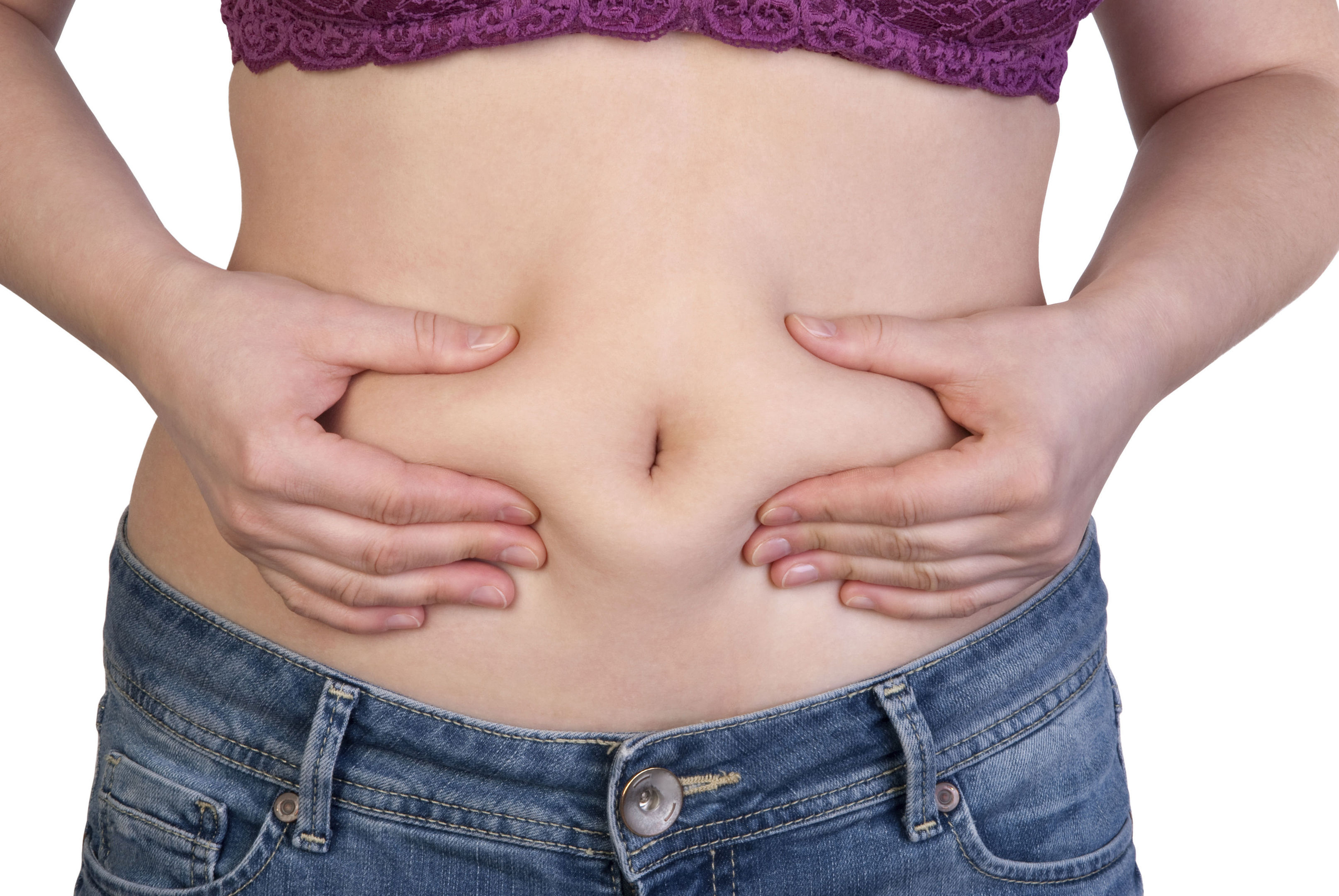The nation heaved a sigh of relief when wartime rations ended but, with Britain’s obesity crisis growing ever greater, could we learn a thing or too from the diets of yesteryear? Hannah Stephenson thinks so.
Just 60 years ago, the average woman stood 5ft 2in tall, weighed 9st 10lb and was a size 12, with a tiny 27in waist.
Today, according to the UK National Sizing Survey, we average a size 16, grow to around 5ft 4in, weigh around 10st 3lb, and our waists have expanded by a staggering seven inches.
Why?
Simple. Back then, our body shapes had been affected by the years of food rationing during and after the Second World War, when we were only allowed small amounts of meat, dairy, eggs, sweets, chocolate and all the other foods we now take for granted.
In the 50s, only 15% of the population had a car, too, so we had to walk everywhere, weren’t sitting in front of TVs or computer screens, had never encountered ready meals and didn’t snack between our home-cooked ones.
As we face our current age of obesity, rising levels of Type 2 diabetes, heart disease and other weight and lifestyle-related illnesses, should we perhaps take heed of those food rationing days? Should we go back to 1oz of cheese, one egg, 4oz of butter, 4oz of bacon and ham and 2oz of tea a week?
Ok, maybe we don’t need to go that far, but we should still take note of these 50s-style lessons …
Eat less red and processed meat
Under rationing, people ate very little meat. While there may be health risks associated with cutting red meat altogether (such as a lack of iron) if you don’t ensure you’re making up for it elsewhere in your diet, eating too much could also be linked with an increased risk of heart disease and possibly bowel cancer.
So if you usually eat more than 90g of red meat a day (equivalent to a small steak or medium-sized burger), try to reduce the intake to 70g daily, the Department of Health advises. Bulk up meals with lentils, beans, pulses and more veg instead, and include fish instead of meat a few times a week.
Cook more
Ready meals and processed foods, packed with hidden salt and sugar, simply didn’t exist during the war, says Ayela Spiro, nutrition scientist at the British Nutrition Foundation. Follow our wartime ancestors’ lead, and get into the habit of cooking from scratch. “People who cook more understand food better and have healthier diets,” says Spiro.
Ration sugar
Keep to a maximum of five teaspoons a day, but preferably less, advises Patrick Holford, TV nutritionist and author of The Optimum Nutrition Bible (Piatkus, £14.99).
“Sugar intake should be no more than 5% of calories. If foods – and especially drinks – that contain more than 5% of calories as sugar were taxed, food companies would do their best to get their sugar intake down.
High sugar foods could also have a compulsory warning – e.g. sugar is bad for your health.” Excess sugar consumption has been linked to Type 2 diabetes, weight gain and certain types of cancer.
But don’t ration butter
In the last couple of decades, fats were portrayed as the diet enemy number one. However, experts are now recognising that fats play an important role in healthy eating, and butter may not need to be rationed, says Holford.
“The tide has turned on saturated fats. Many experts are not convinced that saturated fats are bad for you. Having a ration on butter won’t make a difference to the nation’s health.”
Grow your own
During the war, many people grew their own vegetables to fill the food gap and, while doing so, would naturally avoid the potentially damaging pesticides sprayed on mass consumer crops.
Today, the trend for organic does mean more gardeners are now growing their own produce – and getting much-needed exercise in the process.
Exercise more
An obvious one, but often overlooked. In the 50s, a mere 15% of people in the UK had cars, meaning that walking was not only the essential way of getting from A to B, but it also kept people fit – just half an hour of brisk walking can burn up to 200 calories, as well as upping your heart-rate.
So however natural it might be for us in 2014 to hop behind the wheel, think twice before taking the car on short journeys.
